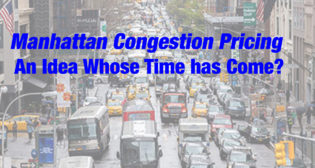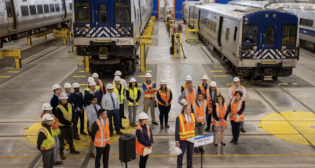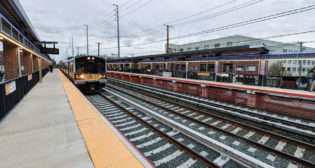
Cuomo backs Metro-North line to Penn Station
Written by Douglas John BowenNew York Gov. Andrew Cuomo, considered by many to be lukewarm at best in his support for rail transit improvements in the Empire State, emphasized his support Wednesday, Jan. 8, 2014, behind Metro-North New Haven Line access to New York Penn Station.
The governor, giving his State of the State speech in Albany, N.Y., justified the commitment based in part on the positive redundancy such access would offer New York metropolitan area rail service, particularly during emergencies, such as Superstorm Sandy in October 2012. Improved travel access and travel times to Manhattan’s West Side, and to Connecticut points, from the northeastern Bronx also were cited as reasons for the support.
Under the plan, some Metro-North New Haven Line trains would access Penn Station via Amtrak’s Hell Gate Line, a portion of the Northeast Corridor used by Amtrak trains and some freight service. Metro-North initially would add stations in Co-Op City, Morris Park, Parkchester, and Hunts Point in the Bronx, all northeast of Manhattan, on the way to Penn Station. A Metro-North public presentation to Co-Op City residents in the Bronx in September 2012 suggested that travel time between the huge residential complex and Penn Station would be reduced from nearly an hour, using bus and subway combintations, to just 27 minutes.
Metro-North M-8 electric multiple-unit (EMU) trains would likely require adjustable third-rail shoes to traverse a portion of Long Island Rail Road (LIRR) right-of-way. LIRR trains utilize “overrunning” third-rail shoes, while Metro-North M-8 cars use “underrunning” shoes, as well as pantographs on most of the New Haven Line. Amtrak’s Hell Gate Line is also under wire.
Protests by some LIRR advocates, as well as silence from LIRR itself, have put the proposal at some political risk in recent years. But supporters of the plan suggest it is in essence a quid pro quo for LIRR’s own looming entry into Grand Central Terminal through East Side Access, and in any event is a more efficient use of existing rail infrastructure.



